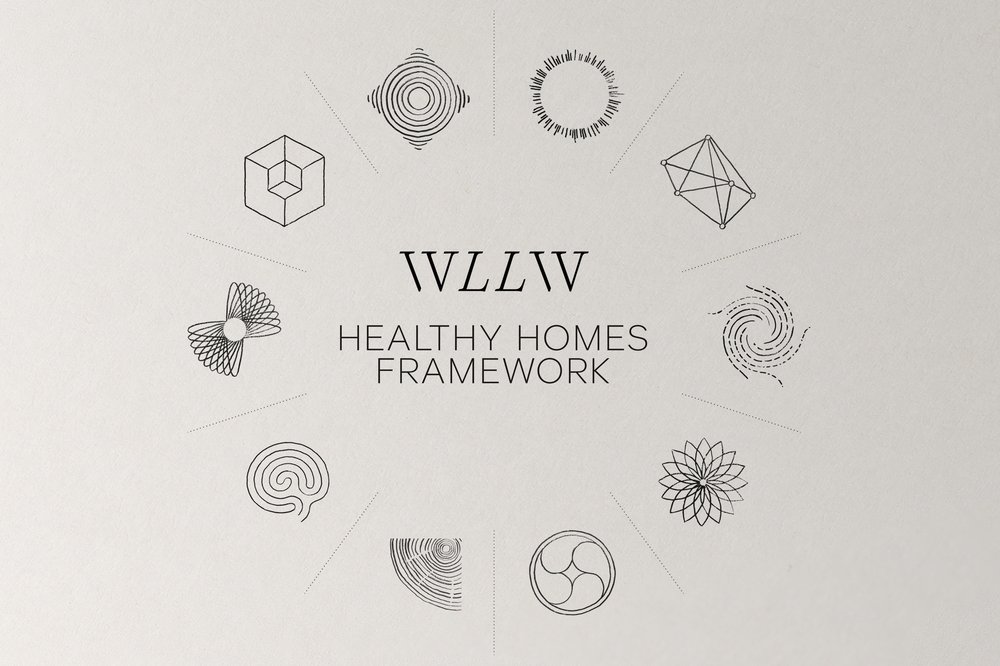WLLW Residential Framework
The WLLW Healthy Homes framework has been developed to support clients in designing and developing residences with a measurable focus on health, wellbeing and sustainability. It is a tool designed to create direct outcomes for internal stakeholders and end users.

Drawing inspiration from the WELL Building Standard V2 and the Nine Foundations of a Healthy Building, published by the Harvard School of Public Health, the WLLW Healthy Homes Framework sets out a collection of scientific strategies to advance health in the home through design interventions and operational policies.
It provides a holistic vehicle for developers and home builders to deliver more thoughtful and intentional residential spaces that place health, wellbeing and sustainability at the heart of the design and development process.
Split into 10 key concepts, our evaluation of any project always begins with a conversation around sense of place, how the building is to be used (and by whom) and the existing architectural design.

The WLLW Healthy Homes Framework can be used to outline key project ambitions, core standards and the means through which a developer, operator or home building organization measures and reports success.
WLLW Studio works closely with clients to develop recommendations and targets based on the client and the project’s key goals. We support design and operational teams in implementing these recommendations, often collaborating closely with architects, engineers, project managers and other stakeholders, resulting in better, healthier homes for residents.









